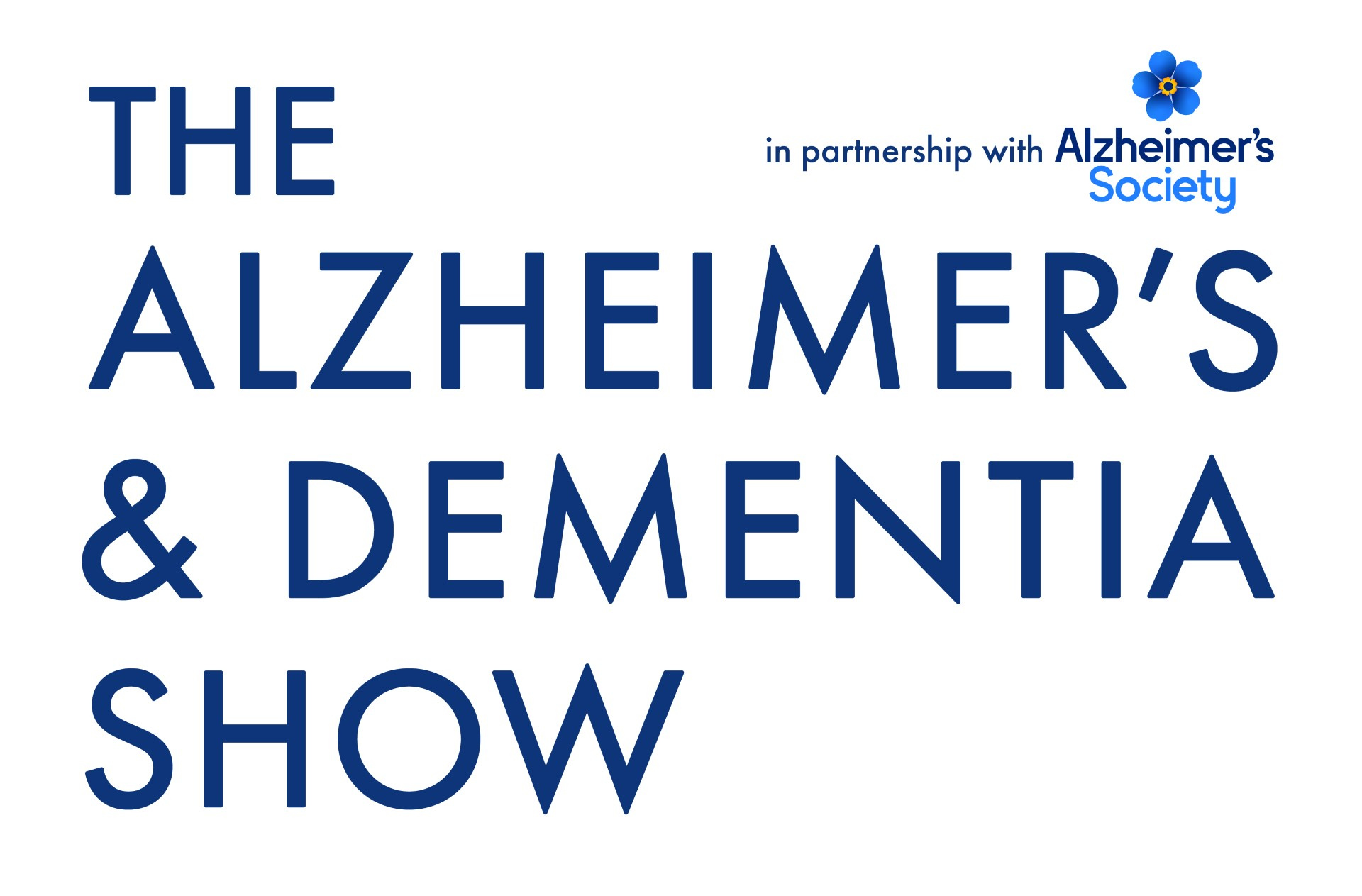If you are caring for a person with dementia, you might have noticed from time to time that they appear to be seeing things differently. An example could be failing to recognise someone they know, or mistaking an item for something else. The person might also have trouble finding things and be struggling to avoid obstacles or judge spaces.
The first step is to arrange for them to have an eye test to make sure their eyes are OK, and regular eye checks once a year are a sensible idea in any case. However, you may find that their sight is perfectly normal. So why are they seeing things differently?
In the book, The Essential Carer’s Guide To Dementia, author Mary Jordan estimates that up to 60 per cent of people with dementia have trouble with impaired vision. Jordan explains that we don’t see with our eyes. Our brain interprets what we see, so it’s understandable that many people with dementia will struggle to interpret what they see at some point. According to Alzheimer’s Society, there are three common mistakes with sight in a person with dementia.
These include:
Illusions – the person may be seeing a distortion of reality.
Misperceptions – what the person sees is a ‘best guess’ at the inaccurate or distorted information the brain has received from the eyes.
Misidentifications – damage to specific parts of the brain can mean that the person has trouble identifying objects and people. The person may struggle to distinguish between a wife and a daughter for instance.
Signs of sight problems
Other signs that a person with dementia might be having trouble seeing things properly include becoming withdrawn, clumsiness or falls, being confused or disorientated and being startled by a person approaching. All of these can be caused by a person’s dementia, but as mentioned, it’s also important to rule out sight loss. Anyone over the age of 60 should have an eye test every year.
Colour contrast
It’s also thought that a person with dementia can be less sensitive to differences in colours – including colour contrast such as black or white. They may struggle to tell the difference between blue and black. They may also have a reduced ability to detect movement, and may have problems with double vision, or struggle to change their gaze. They may be more likely to bump into furniture, struggle to get hold of items, and may get lost, even in familiar surroundings. Reflections may also be mistaken for real people.
Choose colours carefully, not just when it comes to home furnishings but when choosing items. At the dinner table, a white plate on a white table won’t help. A blue plate on a white table is much better.
Patterns can cause confusion, so keep patterns on the wall and floor to a minimum where possible. You may want to remove patterned rugs as the person could view them as obstacles. A person who has Dementia with Lewy bodies may see patterns on a carpet as different heights and levels. One colleague reports her grandmother becoming confused by black and white square tiles in her bathroom. She thought the black tiles were holes in the floor and tried not to step on them.
TV drama
A person with dementia may confuse characters or images on TV with real people, which can be very disturbing for them. Violent or traumatic scenes are best avoided for obvious reasons, but even seemingly innocent choices may cause problems. My mother loves cats but nature programmes with large domestic cats like tigers or lions are frightening for her as she thinks she’s in danger of being attacked. Another more disturbing example involves a TV scene where the characters were having a drinks party. Mum thought the party was going on in her home without her consent and became distressed when the partygoers ‘ignored’ her requests for them to leave. In this situation you could reassure the person, turn the TV off and change the subject.
What to do
When it comes to general sight problems, try not to contradict the person they describe something inaccurately or mistake it for something else. So long as it’s not causing them distress or immediate danger, then it’s not going to achieve anything and may just undermine their confidence or cause more confusion.
If the person doesn’t recognise a visitor when they arrive, then ask the person who visits to introduce themselves. During the conversation, refer to the person by name.
Seeing things
Hallucinations can also occur in a person with dementia. Hallucinations, when a person sees something that isn’t there, is more common in Dementia with Lewy bodies as well as Parkinson’s disease dementia, but they can also occur in Alzheimer’s disease. The person may see animals or people that aren’t there, and may even hear voices. Reassure the person and ask them to describe what they see. Rather than trying to contradict the person and tell them what they see isn’t there, which may cause more distress, try distraction techniques, such as changing the subject. A colleague of mine had a creative way of coping with his father’s regular hallucinations. His father, who had Dementia with Lewy bodies, was convinced that his flat had squatters and said he kept seeing them. My colleague would go into another room and pretend to have a conversation with the squatters that involved him asking them in no uncertain terms to leave. Then he would return to his father’s room and explain that he had thrown the squatters out. In this case, his method proved effective. That said, each situation is different, so if the person regularly hallucinates, you should certainly make their GP aware of the situation. In some cases, it could be caused by side effects of their medication.


)
)
)
)
)
)
)
)